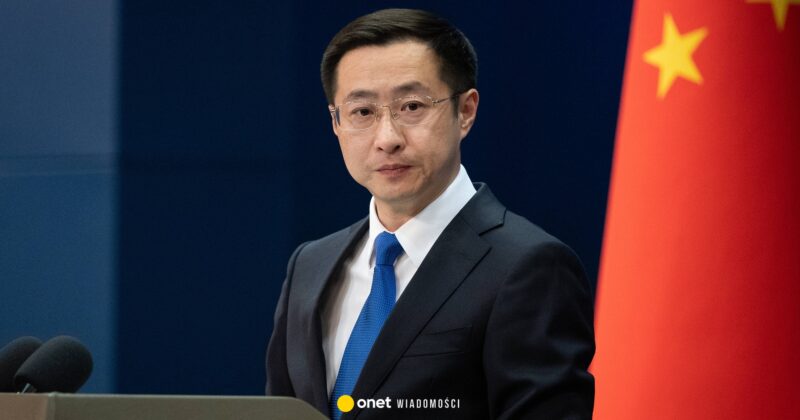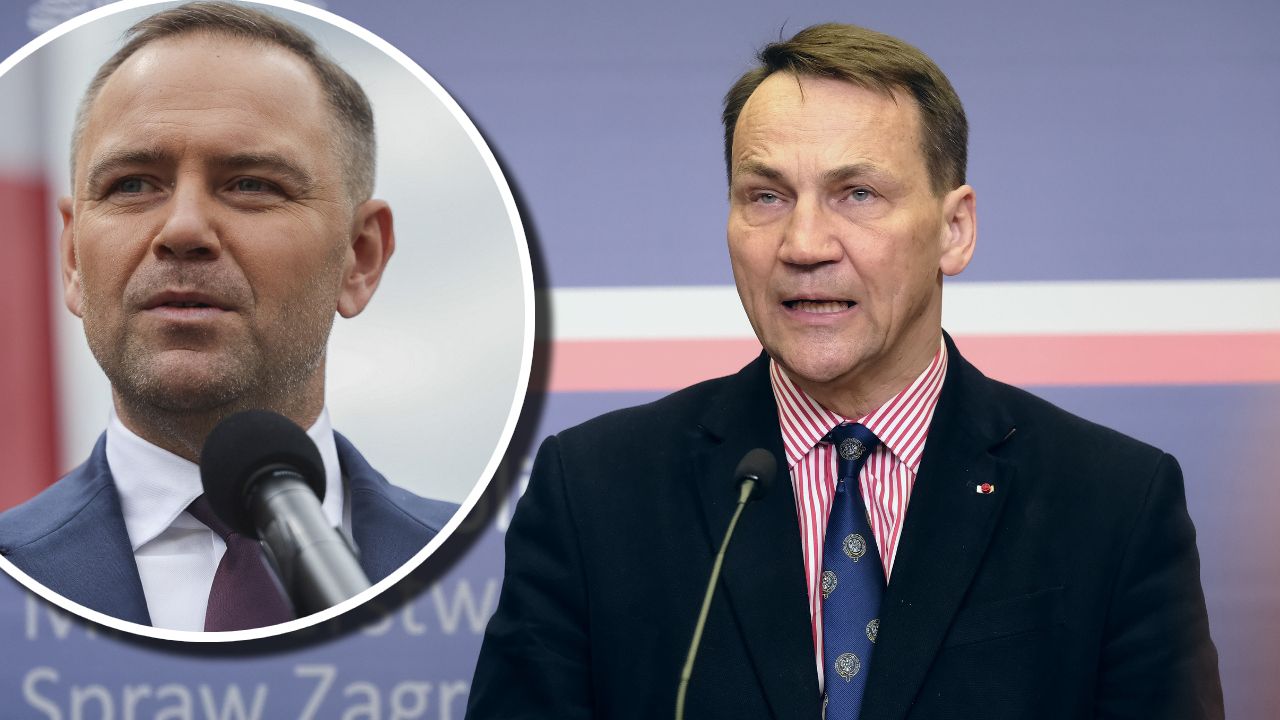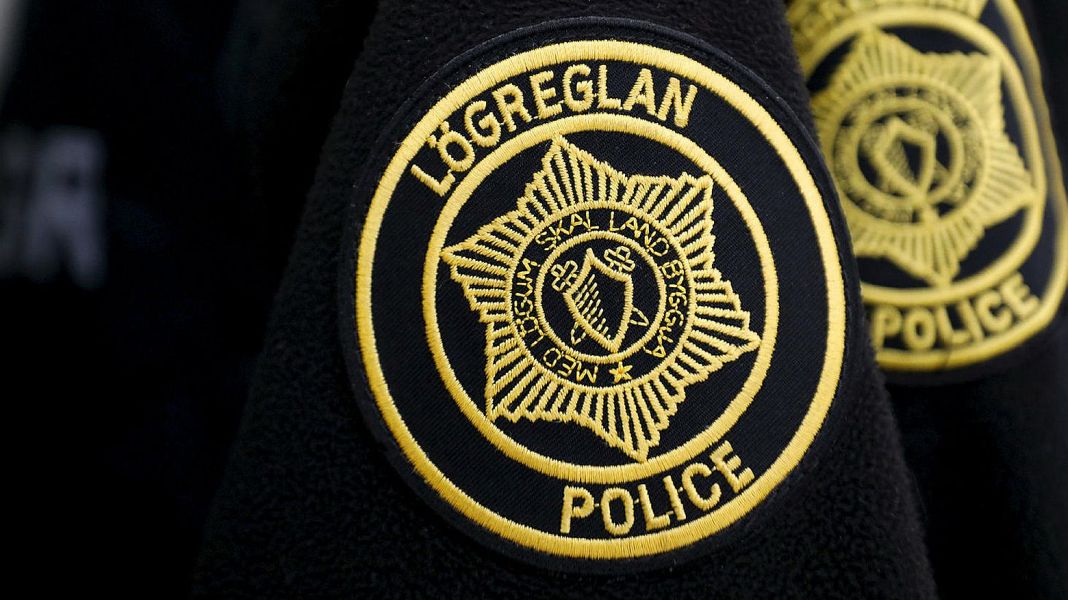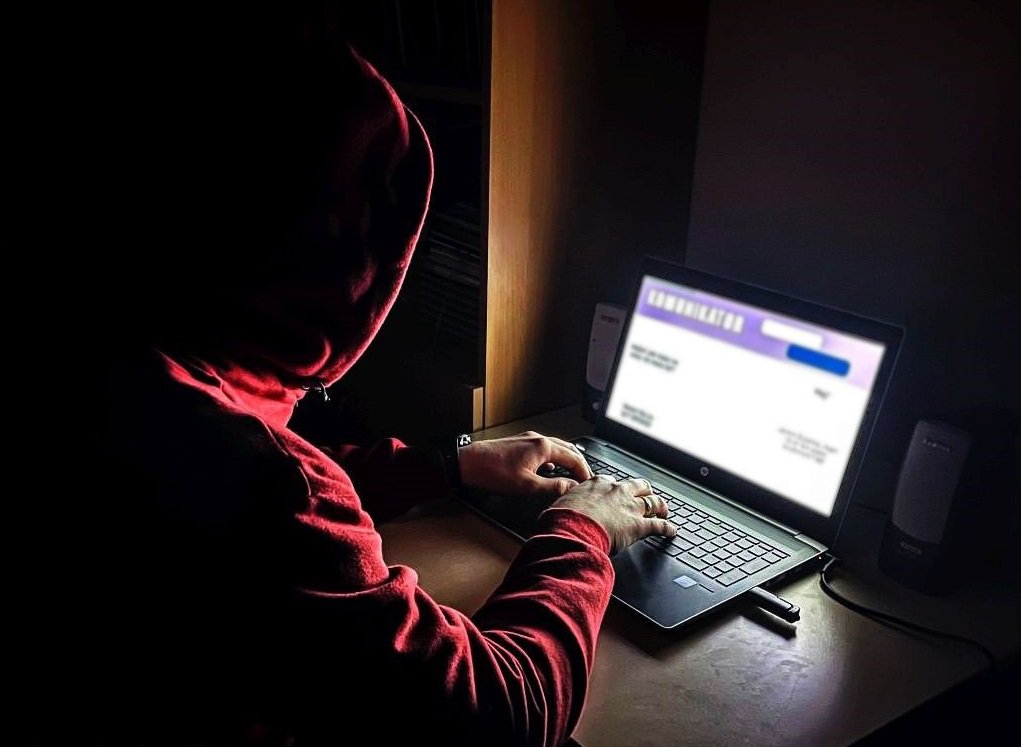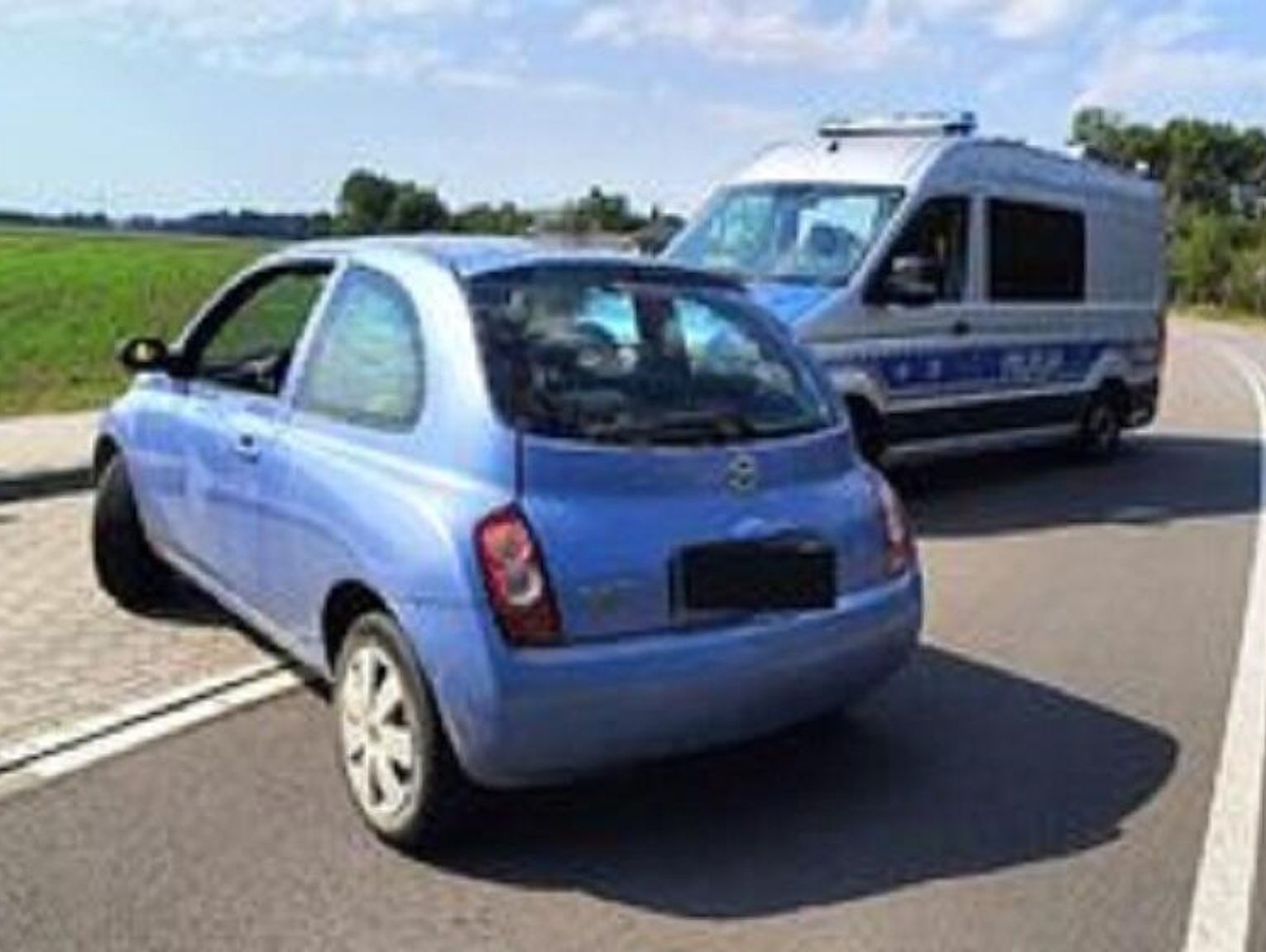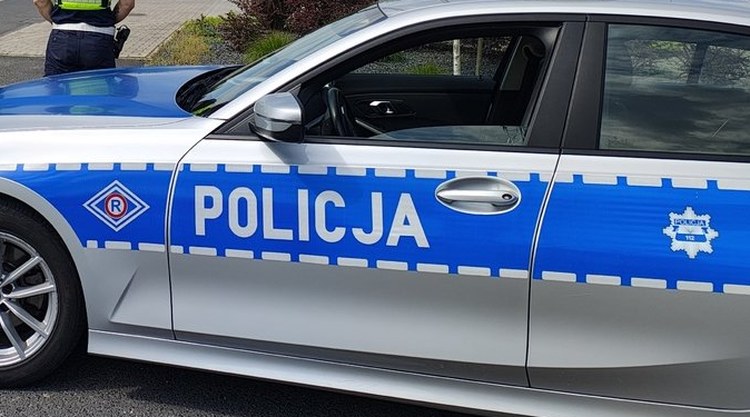NATIONAL REMEMBER GOODS
- First Polish Marshal
THE PILLY JOSEPH
The day of 11 November 1918 in memory of Poles is inextricably connected with Józef Piłsudski, who always in pursuit of independency of the Polish State created Legions as the nucleus of the future Polish army. He suffered a lot, but he besides achieved the goal. Without suffering there is no reward, most likely specified a motto guided the Chief. There were no crowds at the Warsaw station on 10 November 1918 at 7 a.m., due to the fact that Piłsudski's arrival was not public. The warden was greeted by regent, Duke Zdzisław Lubomirski – the coat of arms of Szreniaw without the Cross – chieftain of the POW – Polish Military Organization, Colonel Adam Koc – independency activist, awarded the Order of Silver Virtuti Militari and respective another personalities. According to the memories of Princess Maria Lubomirska, her husband convinced Piłsudski that “He can save 1 Poland at this historical moment.”The following day, on 11 November, the Regency Council handed Piłsudski command over the Polish army and on that day Warsaw was free. What day was this November 11, 1918, in Warsaw? Princess Maria Lubomirska a large woman of the Polish aristocracy at this date writes“ present belongs to the historical, to the memorable, to the cheerful, to the triumphant! We're free! We're yours! It happened, and under specified unexpected conditions... Since early morning, Polish authorities have taken over German offices. The Citadel was already handed over to us, which was occupied by the battalion of the Polish army with Major Szyndler in the lead... The Germans, where they defend themselves, are allowed to be disarmed not only by the military, but by any civilian whips... Strange, unusual in our capital! Germans are coming disarmed in red bands – soldiers go in German uniforms with Polish eagle on a cap: they are liberated Poles from the Duchy of Poznań. Soldiers are coming in German uniforms with a French bow; children of Alsace and Lorraine – they sing French songs and fraternize with Poles. The brotherhood seems to be general – the compulsion of discipline broke, the divisions collapsed – people are only people.”
Thus on 11 November 1918 Poland entered the bumpy way of its latest history.
Józef Piłsudski's First Marshal of Poland's National Memorial Society – the Society – a patriotic and independent organization, chose as its patron Joseph Piłsudski, faithful to Cyprian Kamil Norwid: "Home is land and graves. Peoples losing their memories lose their lives.” This indication is besides a fragment of the inscription on the monument erected on the Rakowicki Cemetery in Krakow, commemorating the genocide of Ukrainian nationalists in Volyn. This monument was built at the initiative of the Society, which I will mention.
A sense of separateness towards another nations shaped by national-genuine factors specified as: national symbols, language, national colours, awareness of origin, past of the nation, national awareness, blood ties, attitude to cultural heritage, culture, territory, national character – is simply a sense of national identity, especially manifested in crisis situations erstwhile it is essential to act together for the general welfare of the nation. For this purpose, the Society was established to form the national identity. In the name it is related to the Institute of National Memory, having the same goals, but established by the Legislative Sejm as the Commission for the Investigation of Crimes against the Polish Nation / IPN / – being a technological institution with investigative powers to collect papers of the state safety authorities, conduct investigations into Nazi and Communist crimes, and conduct educational activities. The initiative of setting up the Society was born from the request of the heart, from the patriotic attitude of the founders. This attitude was expressed primarily in the quest to extract from long-term silence, forgetfulness and lie, and thus to show the society, especially the young generation of Poles – this part of the contemporary past of the Polish nation, which for almost half a century was by the communist government with premeditation and consistent stubbornness silenced, distorted and falsified. This anti-Polish activity, destroying the national past especially of the last decades, and condemning the complete oblivion of many of the creators of this story, its heroes, their accomplishments and deeds – lay at the foundation of a political system, grown out of Mongolian despotism of power and contempt for human rights and dignity,
a strategy imposed upon the nation by force and falsehood as a consequence of planet War II, a strategy that could function so long in Poland thanks to support of abroad and native force and rape, execution and crime, and lying and falsifying history. The Society was established at the initiative of Jerzy Korzeń in November 1988 with the participation of a 15-member founding group, as a patriotic-independence organization and accepted as the patron of Józef Piłsudski, seeing him as a large fighter for Poland's independency and its sovereignty, the creator of the state and its army, and the undisputed victorious leader, politician and statesman. At its first meeting, the board of directors of the Society was as follows: president Jerzy Korzeń, and holding various functions: Włodzimierz Pagacz, Andrzej Mikosz, Halina Dura, Adam Szczawiński. In the end, the Society holds the Main Board in Krakow with president Jerzy Kozniem, entered in the court registry by a final order of the Provincial Court in Krakow of 30 May 1989. The Society does not have any permanent sources of backing or budget grants, based solely on the gross from membership contributions, and on donations, grants and one-off contributions from individuals, businesses and institutions, as well as municipal and provincial authorities, procured for the financial support of circumstantial projects and in-kind tasks carried out by the Society under the objectives and tasks defined by the Statute. Thanks to specified actions, with the full engagement of all members of the Main Board and many serial members of the Society, crucial effects were achieved, expressing rich and lasting achievements in the form of cast in bronze, or forged in stone plates, sculptures, epitaphs, monuments, and commemorative medals and commemorative Jubilee medals. All of them, perpetuating and reminiscent of historical events and large Poles associated with them, were transferred to the service of Krakow – the City and the Society.
It is crucial to emphasize the fruitful activity of the Society in commemorating various historical events related to the fight for free Poland and national anniversaries. These celebrations are held in various places of national memory, frequently at the ft of monuments, with the participation of many young people, which is worthy of a peculiar message.
Here are the Society's most crucial achievements:
– A plaque commemorating Adam Chmielowski – St. Brother Albert. This first plaque was created by the efforts and means of the Society handed over to the Chamber of Memory of the January Uprising of 1863, located in the erstwhile Reserve for Veterans of the Uprising, and now the office of the Union of War Invalids of the Republic of Poland at 18 Biskupia Street in Krakow.
– A plaque commemorating the 70th anniversary of the conflict of Warsaw in 1920 with the following content: “For the glory of the Polish Army and its Chief Leader Józef Piłsudski, the first Marshal of Poland on the 70th anniversary of the Warsaw conflict in the victorious Polish–Soviet War 1919 – 1920.”Written by Jerzy Korzeń. This plaque was placed by the Society in Krakow – 1990. The plaque was built on the facade of the St. Stanislaw Konarski advanced School building at 5 Czapski Street in Krakow from the side of Józef Piłsudski Street. As part of the anniversary celebrations, the Society organized a technological symposium on the Polish-Soviet War 1919 – 1920 in the Polish Academy of Sciences in Kraków on 12 June 1990.
– The monument of General Władysław Sikorski located in the courtyard adjacent to the garrison church of St. The monument consists of a plinth and 3 cement – mosaic tiles, 2 of which are slanted on a plinth with an openwork clearance, have 2 white marble plates in metallic frames. The 3rd advanced plate based on the another two, topped with a metallic cross, features a relief bust in the general uniform and cap, besides on white marble. The text on the boards is identical: in Polish with the emblem of Poland, in English with the emblem of large Britain, it is simply a concise biography of the General. On the back, a bronze information board: "The efforts of the First Marshal of Poland Józef Piłsudski in Krakow – VIII 1990 were renewed and re-established. The tallness of the monument 3.0 m.Monument according to the plan and foundation of Paul the Groundhog soldier AK
- Kazimierz was performed by the art of sculptures. Eugeniusz Gutkowski from Lublin and in July 1973 placed on the private property of the founder in Zakopane at Sienkiewicza Street. After a fewer days it was demolished, exported in an unknown direction and intended for destruction. At the same time, the communist authorities of Zakopane arrested the monument's owner by confiscating his home and plot. In 1974, elements of the monument were found by employees of the Kraków branch of the bus station, storing them at Fredry Street, and since 1980 at Pachońskiego Street in Krakow. In June 1989, all preserved elements were secured and subjected to the Society’s renovating work. Meanwhile, the found household of the founder and the owner of the monument authorized the Society to decide on the further destiny of the monument, transferring ownership to the Society. The monument was unveiled and consecrated after a solemn Mass with a full military ceremony on September 30, 1990. The historical speech was then given by the president of Jerzy Korzeń Society. The monument of General Władysław Sikorski was handed over by the Society to eternal times, with the unlimited right of ownership of the parish of the Garrison Kraków at the garrison church at St.
– Monument to martyrdom of 33 Poles murdered by Germans
November 1, 1944. The monument is located in Gruszowc in the gmina of Dobra in Limanów County. He was placed by the efforts and means of the Society, alongside the existing stone boulder, commemorating the martyrdom of the inhabitants of Gruszow. The inscription under the boulder says that "the faithful sons of the fatherland of 33 people from Gruszow were murdered and burned alive by German criminals on 1st November 1941 25th, 1948."
The monument consists of various sized stones arranged in the form of a wall, connected by a common foundation with a plinth, on which is simply a boulder and a inscription resembling the crime that took place here. The author and contractor of the monument is simply a folk artist – sculptor Stanisław Dobrowolski of Kasina Wielkiej, a associate of the Society.
– Medals and reliefs of the bust of Józef Piłsudski on the 125th anniversary of the birth of the Marshal with a commemorative text: "To Józef Piłsudski on the 125th anniversary of the birth of 5th XII. 1867 – 5th XII. 1992 Society of National Memory of the First Marshal of Poland Józef Piłsudski in Krakow".
The medallions together with the plaques were permanently placed in the crypt of the Marshal at the Silver Bell Tower on Wawel, and in the Altar of Memory of the National Basilica of Cistercians in Mogile – Nowa Huta. On the another hand, the reliefs of the bust, which are copies of the sculpture of Konstanty Lashczko, to which Piłsudski posed the artist in 1922, were placed in the Chamber of Memory and Tradition of the Corps of Cadets named after Józef Piłsudski in the garrison church of St.
The Society besides issued a commemorative medal on the 75th anniversary of regaining independency – on 11 November 1993 in the "Hołda Commandant", commemorating this anniversary, cast from bronze in 1993 in a number of 130 copies, numbered on the edge and included in the Society's records, by the sculptor prof. Czesław Dźwigaj of Kraków Academy of Fine Arts. The medal is 7.5 cm in diameter and 3 mm in thickness. The obverse depicts the image of Joseph Piłsudski against the background of the eagle flying and the inscription 75 YEARS OF RETURNING THE INCOME – 1918 – 11 LETTERS – 1933. On the reverse 2 horizontal texts: ‘FOR THE COMMANDANT and underneath: REMEMBER OF THE NATIONAL IM. First Marshal of Polish Football Józef in the country.
Medal admits
General Board of the Society, which is the Chapter of the Medal. The medal is awarded to individuals, as well as institutions, unions and patriotic-independence and Kombatant organizations, who cultivate the memory of Józef Piłsudski and identify with the thought of the Commander's independence. Along with the medal is besides presented a broadcast act. So far, they have received it, among others, the daughter of Józef Piłsudski –
Wanda Piłsudska and Jadwig Piłsudska – Jaraczewska, president of the Republic of exile Ryszard Kaczorowski, Jan Nowak Jezioranski, Colonel Ryszard Kukliński, Krzysztof Munich – boy of a fellow diplomat Tadeusz Munich Adjutant of the chief chief commander of the Marshal Edward Rydz Śmigłego, , Andrzej Kstrewski – president of the Krakow Branch of the Union of Polish Legionaries, Konrad Strzelewicz – president of the Krakow Branch of the Union of Polish Literaries, Institute of Józef Piłsudski in fresh York and London, Association of Families of Victims of Katyń of South Poland, Union of Piłsudczyków in Małopolska, Sibirak Union. The inscriptions on the medallions are by Jerzy Korza.
– Epitaph of Cyprian Kamil Norwid. On May 23, 1993, on the 110th anniversary of the death of Poet in the Wawel Cathedral, the epitaph was unveiled and consecrated in the crypt of Adam Mickiewicz and Juliusz Słowacki. It was initiated and sought by the Society. Its form and content refers to old gravestones. The cast in bronze has dimensions of 180 x 90 x 46 cm and weighs 230 kg. Poet's face is modeled on 1 of his cartoon self-portraits. The author and contractor of the epitaph is the sculptor prof. of the Cracow Academy of Fine Arts Czesław Dźwigaj. The solemn Norwid celebrations in the Cathedral began the mass celebrated by the priest Cardinal Franciszek Macharski. In the crypt, the cardinal besides revealed and consecrated the epitaph. A short speech was given by the president of the Society Jerzy Korzeń. many clergy, municipal and provincial authorities of Krakow participated in the ceremonies, as well as many faithful. The Society received thanks from the Holy Father for his efforts at the Wawel Cathedral epitaph commemorating Cyprian Kamil Norwid. Norwid's poesy – so close to the Holy Father – continues to be an inspiration and a signpost on the paths of moral renewal of Polish society besides today. In his prayers, the Holy Father recommends to God all good initiatives of the Society, which aim to preserve the memory of the past of the Polish Nation, especially among the young generation of Poles – emphasizes the magazine of the State Secretariat.
– A plaque commemorating the 130th anniversary of the failure of members of the National Government and leaders of the January Uprising 1863 – 1864. The plaque was built on the facade of the Piarist Order building at 2 Pijarska Street in Krakow, unveiled and built on 5 August 1994 on precisely 130th anniversary of the loss.
– Jan Matejka's monument placed in Krzesławice close his manor house. The monument in the form of a bronze bust on a polished granite collo and concrete foundation is 2.7 m tall. The author and contractor of the monument is prof. Czesław Dźwigaj.
– A plaque commemorating the 55th anniversary of the creation of underground structures of the ZHP in Krakow – later Grey Lines. The bronze plaque was built on the facade of the building on 21st Street in Krakow, unveiled and dedicated on 19 November 1994. The author and contractor of the board is prof. Czesław Dźwigaj. On the board, it says: “Everything we give to Poland” with the Scout Cross imposed. In the middle, the text: "In this house, on 15 November 1939, the underground structures of the ZHP – the foundations of the grey ranks – hm. Józef Kret – hm. Tadeusz Mitera – hm. Władysław Muż – hm. Jan Ryblewski – hm. – Stanisława Rączkowski – hm. Władysław Szczygieł – hm. Seweryn Przyżaż – hm. Tadeusz Wasowicz – Marian Wierzbiański – to those who put words into practice".
– National Memory – past of Poland in the paintings of Polish artists – painters, in the form of printed colour postcards: ‘For the freedom, independency and sovereignty of Poland“ The motto is: “...nations losing their memories lose their lives...” Postcards issued: “Vienna affidavit”, “Kościuszko pod Racławami”, “Poland and the Sea”, “Marszałek Józef Piłsudski on chestnut”, “Warszawska conflict 15. VIII. 1920”, “My First Brigade”, “Soldier Vision”, “Orlęta Lwowski”.
– The plaque – bronze relief commemorating the 80th anniversary of regaining independency on 11 November 1918 – in tribute to Józef Piłsudski, Roman Dmowski and Ignac Paderewski with carved busts and stylized inscription: "Poland was the highest value for them – on the 80th anniversary of regaining independence". The plaque was built in the National Pantheon Soldiers of the National Army of the Polish East Borders, in the Patronage Church – the garrison of the National territory of the National Soldiers of the Home Army of the Lviv Area named after St. Jadwiga in Krakow. Text on the board – Jerzy Korzeń, plan and implementation of Prof. Czesław Dźwigaj.
– Stone board / black marble /memorative 55th anniversary of the Battles of the 2nd Polish Corps about Monte Cassino, Ancona and Bologna – 1944 – 1945 built in May 1999 in the neighbourhood of the plaque commemorating the 80th anniversary of independence.
Pieta Katyńska – a figure – a statue of Our woman of Katyń cast in bronze bronze bronze bronze depicting the sad parent of God hugging herself a Katyń crime victim with a visible beginning in the skull. The statue was erected in the Church of the Holy Cross in Krakow in the chapel of St. Sophia in the Jubilee of 2000, in which it was the 60th anniversary of the execution of Polish Army officers made by the russian Union in Katyn in the spring of 1940. Pieta measuring 1.7 m tall by the sculptor prof. Czesław Dźwigaj was created at the initiative and at the expense of the Society. The erection act was signed by Fr.Dr. Jan Abrahamowicz the parish priest of the parish of the Holy Cross in Krakow, and Mr. Jerzy Kozenie the president of the Society.
– The protests presented by the Society to the highest authorities of the State, among others, concern the effort to pass the Ukrainian cycling rally. Stepan Bandery through the territory of Poland.
– During planet War II Poles became victims of 3 genocides – from fascist Germany, Communist russian Union, and Ukrainians: Organization of Ukrainian Nationalists – OUN and Ukrainian Insurgency Army – UPA.
To commemorate the 60th anniversary of mass slaughter – genocides of Poles surviving in the end voivodship of the Republic of Poland, at the initiative of the Society, with the individual engagement of the president Jerzy Korzena, a monument of the victims was placed at the Rakowicki Cemetery in Krakow. On September 17, 2004, after overcoming many administrative and political obstacles, the monument was unveiled and consecrated during elevated patriotic and spiritual celebrations, precisely on the 65th anniversary of russian aggression against Poland in tragic September 17, 1939.
The Kraków councillors did not want the inscription on the monument to contain the word "genocide". The press, especially Kraków, took note of the extended discussions during the gathering of the Commission, which was listened to by the typical of the Ukrainian number in Krakow, Włodzimierz Mokra, who said: “... I hear the Ukrainians were worse than the Germans... 1 can put this monument, the question of how it will be utilized by this 3rd force, which holds the tap in hand...” / “Gazeta Krakowska” – 12.III. 2004 /.Comments and opinions of this message – "It sounded like a threat and blackmail." The president of the City of Krakow addressed a corresponding draft resolution to the City Council. In the meantime, many articles were published in the Krakow and nationwide press on the monument. A peculiarly critical and negative position was presented only by “Gazeta Wyborcza” – the only 1 in Kraków, whose abusive texts and biased “interviews” negating the fact about genocide called for the construction of a monument at the Rakowicki Cemetery, and the editor-in-chief of the Krakow edition “Gazeta Wyborcza” Seweryn Blumsztajn straight urged councillors to vote against the construction of the monument. Building a monument with inscription content ‘genocide’ by 1 vote / 19 votes ‘for’ – 18 votes ‘against’I'm sorry. The full text of the inscription is: ‘ Not for vengeance, but for remembrance call for sacrifice." “The Fatherland is land and graves—the nations lose their memory, they lose their lives.” For national memory, and in tribute to victims of genocide, which was committed in the years of the Second planet War in Poles – residents of the south-eastern provinces of the Republic of Poland – Organization of Ukrainian Nationalists and Ukrainian Povs dances Army. On the 61st anniversary of this tragedy – Kraków 2004". This horrifying monument has the form of an open book, whose 2 sides form granite plates with inscription texts and outline of the borders of the Southeastern Borders of the Republic of Poland, where in the years of planet War II there were murders and massacres of the population.
Author of the monument – Prof. Czesław Dźwigaj
Author of the inscription – Jerzy Korzeń utilizing Cyprian Kamil Norwid's message.
Every year on 17 September, advanced patriotic and spiritual celebrations are held at the ft of the monument of the Volyn genocide. That was so on September 17, 2009. The ceremony was opened by Mass in the cemetery chapel, then a tribute was paid to the murdered and persecuted under the cross of communist crimes committed on the Polish nation erected at the chapel. The ceremony at the monument of the victims of genocide began by a Krakow heen played by a firefighter. Flag mail, honorary company of Polish army with commands – “present your weapons – look to the right” , many school youth, scouts of Krakow teams, honouring individuals and institutions with the medal “In Hołda Commandant” celebrated the ceremony.
"It is present that the 70th anniversary of the criminal attack of Poland by the russian Union on the full 1412 km long border from Dźwina, up to Dniestr.- Polish state border was defended by only 24 battalions of infantry 2 fortress battalions, as well as 7 squadrons and 1 squadron of cavalry of the Border defender Corps. ...The ruthless opposition of Poles met with the peculiar ruthlessness and cruelty of russian aggressor... The wounded soldiers and officers were killed immediately, or died of wounds without medical assistance... russian propaganda proclaimed that the intent of the attack on Poland in September 1939 was to take care and defend the endangered russian citizens surviving on both sides of the then border. A millionth russian army hit Poland. As of September 17, 1939, the gehenna of the inhabitants of these lands, symbolized by Katyn, Kharkiv, Mednoje, began.”said Jerzy Korzeń, president of the Society. Medal
"In the home of Chiefs"Fr Tadeusz Isakowicz – Zaleski – the pastor of Armenians in Poland, O. Jerzy Pajak – chaplain of Sibiraks, walsudczyks and AK, Małopolska Provincial Commander of the State Fire Service in Krakow, prof. Jan Majda, ed. Aleksander Szumański / the undersigned /, Association of Lovers of Lviv and South east Borders Branch in Krakow, Association of Political Prisoners of the Stalin period, Committee of Care for Crime Sites of Communism.
Alexander Szumański, an independent journalist, developed
Honored by a medal at the Hołda Commandant


